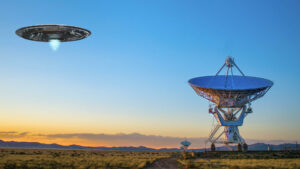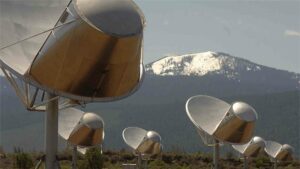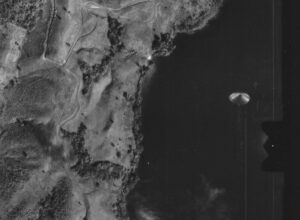FREE SHIPPING on orders over $50 to U.S. Customers
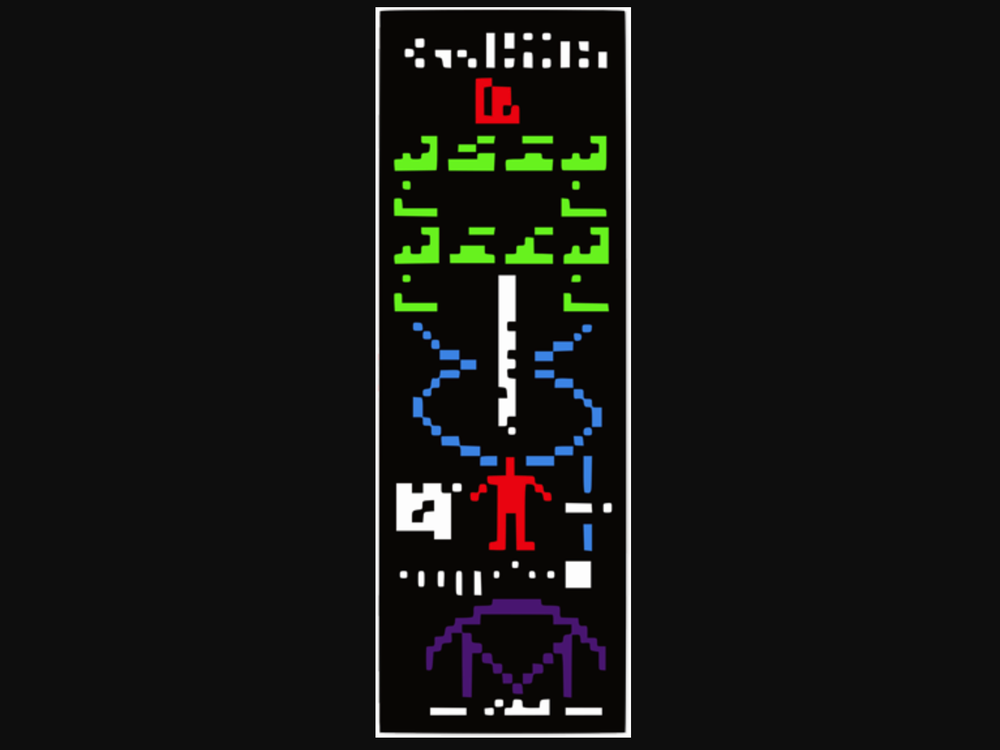
These Space Scientists Want to Update Earth’s Message to Extraterrestrials
The broadcast builds on the 1974 Arecibo message and portrays information about science, math and human life
Daily Correspondent April 8, 2022

In the 1970s, humans beamed their first message to extraterrestrials into space. Known as the Arecibo message, the transmission was a binary-coded communication containing basic pertinent information, including a stick figure of a person, representations of DNA, our solar system and a graphic of the telescope that sent it. The message was sent as a radio signal to a target about 25,000 light-years away.
Now, after 50 years of technological advances, NASA researchers have updated that message in a preliminary study published on the preprint server arXiv. (The paper has not yet been peer-reviewed.)
“We want to send a message in a bottle in the cosmic ocean, to say, ‘Hey, we are here,'” study author Jonathan Jiang, an astrophysicist at NASA’s Jet Propulsion Laboratory (JPL) in California, tells Live Science’s Stephanie Pappas. “Even if we are not here some years later.”
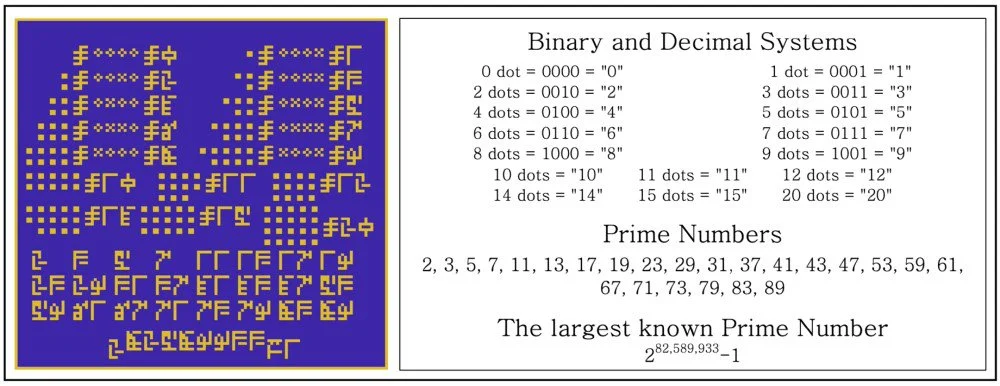
The new message, called the “Beacon in the Galaxy,” conveys more information about mathematics and science; a map of the Earth; more detailed male and female human figures; the structure and composition of the Earth; and an invitation to reply. Like the Arecibo message, researchers created it as a bitmap, which is a way to use binary to create a pixelated image, per Scientific American’s Daniel Oberhaus.
“The motivation for the design was to deliver the maximum amount of information about our society and the human species in the minimal amount of message,” Jiang tells Scientific American. “With improvements in digital technology, we can do much better than the [Arecibo message] in 1974.”
But there’s no guarantee extraterrestrial life will understand the message—or that those listening will be peaceful. Some scientists, including theoretical physicist Stephen Hawking, have warned against actively reaching out to other life forms, saying they may have no problem wiping out humanity.
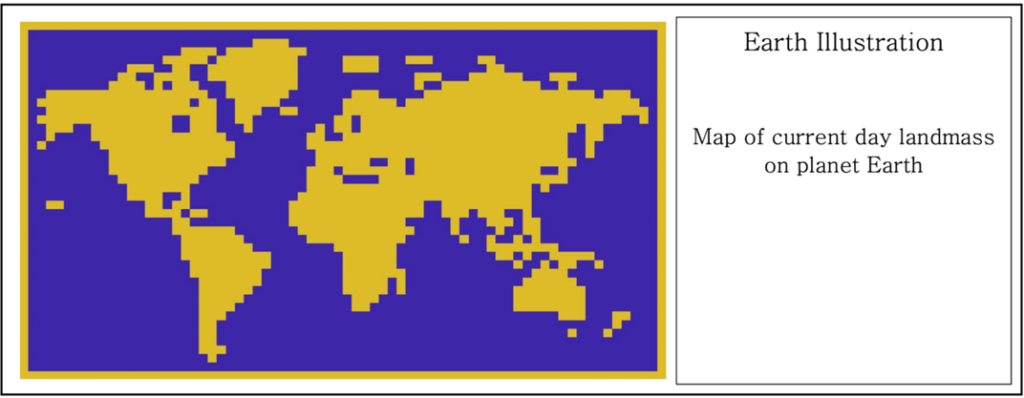
“We don’t know much about aliens, but we know about humans,” Hawking said in 2015. “If you look at history, contact between humans and less intelligent organisms have often been disastrous from their point of view, and encounters between civilizations with advanced versus primitive technologies have gone badly for the less advanced.”
The authors make suggestions for when, where and how the message should be delivered.
They propose the message should be sent to a region in the Milky Way about 13,000 light-years from the galactic center, per Gizmodo’s George Dvorsky. Previous research has shown this area is the “most likely for life to have developed,” write the authors.
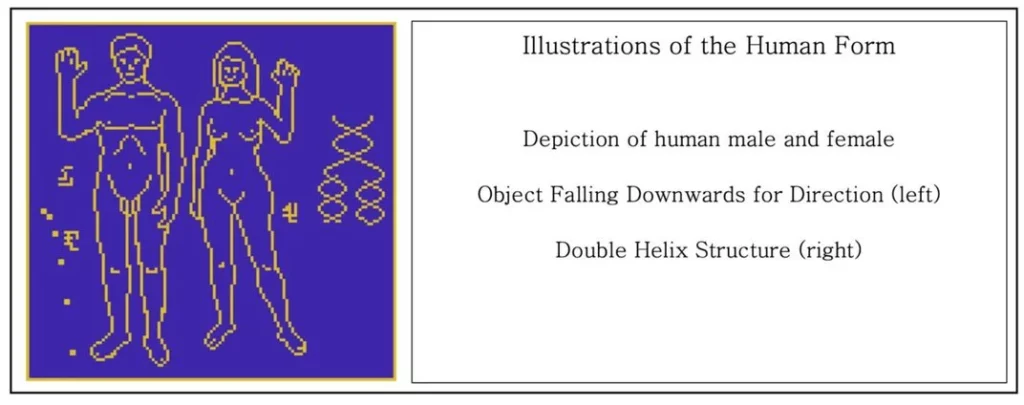
Researchers say the message should be beamed out on either March 30 or October 4, when the Earth is at an optimal angle and should be sent from the SETI Institute’s Allen Telescope Array in California or the Five-hundred-meter Aperture Spherical radio Telescope (FAST) in China.
“This message’s ultimate goal is to start a dialogue with ETI [extraterrestrial intelligence]–no matter how far in the future that might occur,” the authors conclude. “Humanity has, we contend, a compelling story to share and the desire to know of others’–and now has the means to do so.”
Margaret Osborne | | READ MORE
Margaret Osborne is a freelance journalist based in the southwestern U.S. Her work has appeared in the Sag Harbor Express and has aired on WSHU Public Radio.
Click HERE to read the original article.
